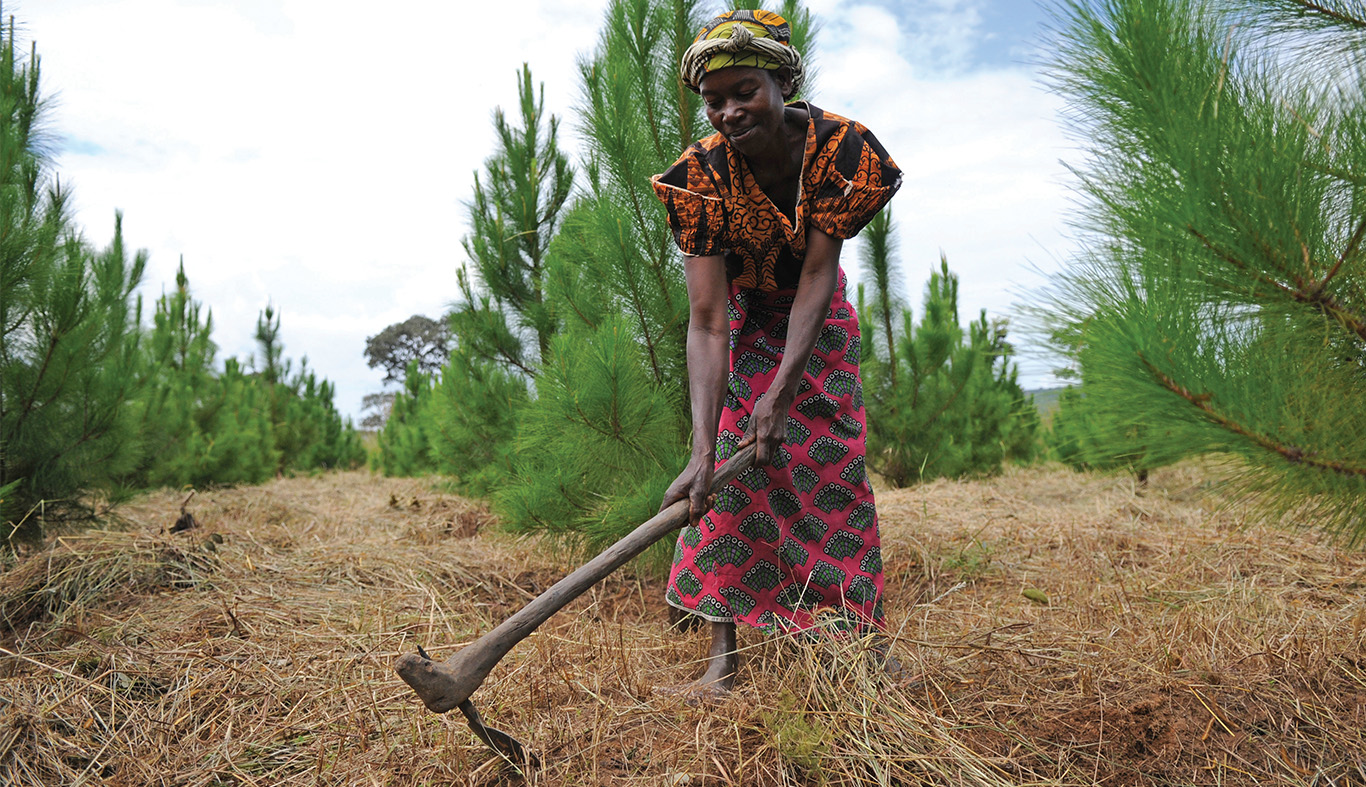Step 5.3A: Identify budget units and standard costs
Each government has a standard set of budget (or cost) units and account codes. These may also be termed line items, budget categories or budget accounts. An FNA that abides by government practices and guidelines is more likely to be integrated into budgeting processes and, therefore, is strongly recommended.10 Standard costs relevant to costing biodiversity targets (i.e. salaries, vehicle miles, etc.—see Table 5.5A) will usually be organized by these country references. Most budget structures are presented in a hierarchy, with summary categories divided into more detailed subcategories. For example, see an extract from the accounts for South Africa as well as the unit cost catalogue developed for the FNA in Mexico in Tables 5.5A and 5.5B.
Table 5.5A: Sample Budget Line Items - South Africa
| Summary Categories | Subcategories |
|---|---|
| Administrative | Advert |
| Audit fees | |
| Bank charges | |
| Communication | |
| Maintenance & repair | |
| Equipment | Motor vehicles |
| Audiovisual equipment | |
| Computer hardware & systems | |
| Emergency/rescue equipment | |
| Office equipment | |
| Human resources | Salaries |
| Miscellaneous | Catering |
| Venues and facilities | |
| Professional services | Contracts |
| Travel | Travel and subsistence |
| Transport for public events | |
| Transfers | South African National Parks |
| Poverty relief projects | |
| Global Environmental Fund (GEF) | |

Table 5.5B: Unit Cost Catalogue-Mexico
Standard unit costs can be identified from several sources:
-
Previous budgets and budgeting processes. National or local plans and strategies have already been elaborated and budgeted. These budgets should be reviewed to scope for data, models, assumptions and approaches that have been used effectively. This includes the review of audit reports.
-
Standard government cost scales. Unit costs of standard items can be determined from government salary scales, budget guidance notes, and other official and semi-official sources (e.g. on services, salaries, materials, operations, capital purchases, consultant days, miles travelled, etc.). These numbers may be checked with actual data (if available) from the BER to determine, for example, if the price of one salaried person is consistently costed in relation to pay scales.
-
Historical costs. Costs of biodiversity management actions (reforestation, protected areas management, conversion of conventional agriculture to organic, cost of sustainable wood harvesting relative to clearcutting, etc.) may be available related to historical actions in the country or in similar countries.
-
Cost modelling. Based on past experience of project modelling (see Box 5.3 in Section 5.1.5). These data should be broken down to the smallest detail possible.